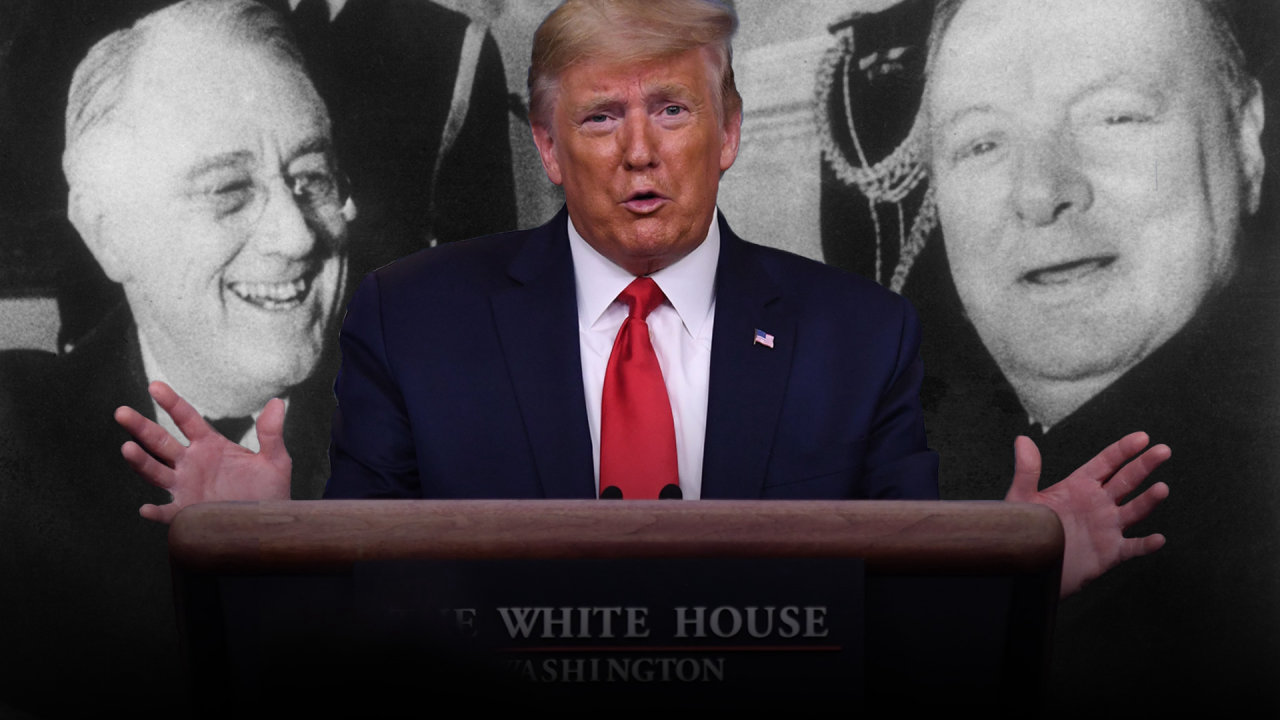By: The Editorial Board – wsj.com –
Congress rarely does anything that isn’t messy, so let’s stipulate that a $2 trillion bill written on the fly in a week will be loaded with waste and a lifetime supply of unintended consequences. Americans will pay for this for decades. The consolation is that the Senate bill that was moving to a vote by our deadline Wednesday includes money to keep workers and businesses afloat during this national economic shutdown and perhaps avoid a depression.
The virus rescue shouldn’t cost this much. The bill includes $250 billion for $1,200 payments to Americans whether or not they’re affected by the virus. The cash will do little or nothing to help an economy closed by government fiat. The bill also pluses up unemployment insurance beyond 100% of wages—an incentive not to return to work if you’re laid off. Republicans were scrambling to fix that provision on Wednesday, and we hope they do.
The bill spends $150 billion to pad the mismanaged budgets of state and local governments in Albany, Sacramento and elsewhere—no strings or oversight attached. Oh, and Speaker Nancy Pelosi managed to earmark $25 million for, er, virus relief for Washington’s Kennedy Center for the Performing Arts.
Congress did what it always does and used a crisis to pack the bill with spending the Members couldn’t get through a normal budget. Journalists will need weeks to cull through the pages and figure out what it all really means.
***
The good news is the bill provides urgent money for emergency medical supplies to hospitals, to make ventilators for virus patients and protection equipment for doctors and nurses, and to support researchers looking for new therapies and perhaps a vaccine. This is a proper role for government given the extraordinary health emergency.
As important, the bill provides crucial liquidity to businesses that have had their revenue reduced or eliminated by the national lockdown. This is not a problem caused by business or reckless CEOs. This is a liquidity crisis caused by the government strategy to reduce the spread of the virus and loss of life.
The risk that markets have been reflecting in the past two weeks is that this liquidity crisis would lead to mass layoffs and a credit panic that led to defaults, bankruptcies and a deflationary spiral. In a word, depression.
The bill thus provides $454 billion for Treasury’s Exchange Stabilization Fund (ESF) to backstop Federal Reserve facilities to support credit markets and individual companies. The Fed under Section 13(3) will set up special-purpose vehicles, which it knows how to do, and use the Treasury capital to leverage trillions of dollars if borrowers need it. These will be loans, not grants, and they will have to be paid back. Treasury will take any losses.
Democrats and the media call these a “bailout” and “slush fund,” but a month ago the economy was strong and these companies were in good health. The government shut down American commerce. Now government needs to lend its balance sheet to prevent the liquidity crisis from becoming a solvency crisis and then a banking crisis. It took the Fed and Treasury a long time to recognize the problem and solution, but give them credit for getting there.
Special credit as well to Pennsylvania Sen. Pat Toomey, who steered the ESF money through a field of Democratic traps that would have defeated the purpose. One weakness of the current GOP Congress is that it has too few Members who understand economics and financial markets. Mr. Toomey does.
The Senate bill does include some of Chuck Schumer’s last-minute demands for “oversight” and “transparency,” as if Congress doesn’t already have the power to guarantee both. A new Inspector General will examine Treasury lending through a separate $79 billion fund that can offer direct loans to stressed companies, including $46 billion for airlines and companies deemed crucial to national security. A new Congressional “commission” will also be established to oversee all of this.
These are best understood as political harassment operations designed to offer election-year fodder for Democrats to complain about loans to specific companies. Koch Brothers! At least they won’t have enforcement power as Democrats originally wanted. And they shouldn’t interfere during the virus crisis with the Fed’s lending. They do speak loudly about Democratic priorities in a crisis.
The bill also includes $377 billion in loans to small businesses with fewer than 500 employees. These businesses are also facing a revenue crisis as their customers vanish indoors. These aren’t a risk to the financial system but their failures would be human and economic tragedies and no fault of their own. The portion of the loans devoted to payroll can be forgiven if the workers aren’t laid off.
***
All of this should at least reduce the chances of an immediate economic collapse, but no one should think it guarantees a swift recovery. The shutdown has already done enormous harm; layoffs will multiply into the millions and many businesses will close, never to reopen. A recovery will require governors and President Trump to begin to pivot to a sustainable phase-two anti-virus strategy that doesn’t include ruining the economy.
To see this article and subscribe to others like it, click read more.
 Listen Online
Listen Online Watch Online
Watch Online Find a Station in Your Area
Find a Station in Your Area









 Listen Now
Listen Now Watch Online
Watch Online
